Navigational Tools for Wilderness Excursions: Find Your Way, Keep Your Wonder
Chosen theme: Navigational Tools for Wilderness Excursions. Step into the backcountry with confidence, curiosity, and a toolkit that turns uncertainty into discovery. From reliable compasses to smart satellite devices, we will celebrate skills and gear that help you move safely, savor the journey, and return with stories worth sharing. Subscribe for practical tips, reader tales, and seasonal challenges that strengthen your backcountry navigation game.
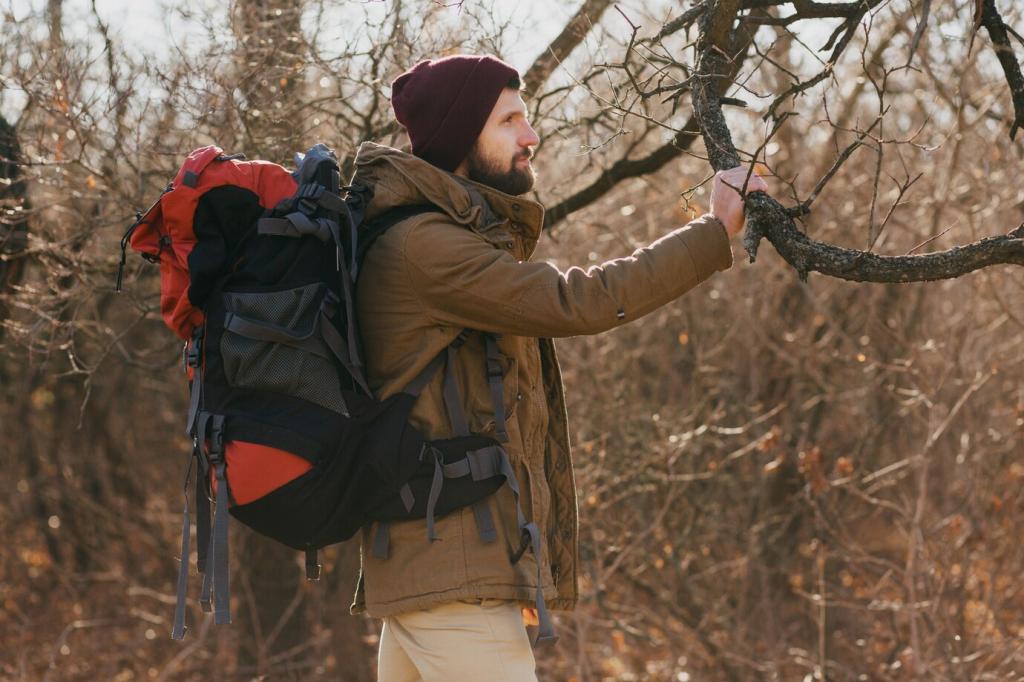
Compasses that earn trust
A clear baseplate compass with a global needle, luminous bezel, and adjustable declination is a quiet hero when storms close in. Keep it tethered, learn its quirks, and consider a backup. When electronics falter, a steady needle, a practiced bearing, and your judgment guide the day home.
Maps that reveal the land
Topographic maps at 1:24,000 or similar scales translate contours into stories: spurs, saddles, reentrants, and cliffs. Laminate or protect with a waterproof case, fold for fast access, mark critical notes, and align with a UTM grid. A pencil line can save an hour of wandering and needless elevation.
Digital aids that extend awareness
Handheld GPS units and smartphone apps shine when used wisely. Download offline maps, preload waypoints, and rehearse your route. Bring spare power, manage screen time, and verify your position with terrain features. The best digital tool respects batteries, complements your map, and never replaces fundamental skills.
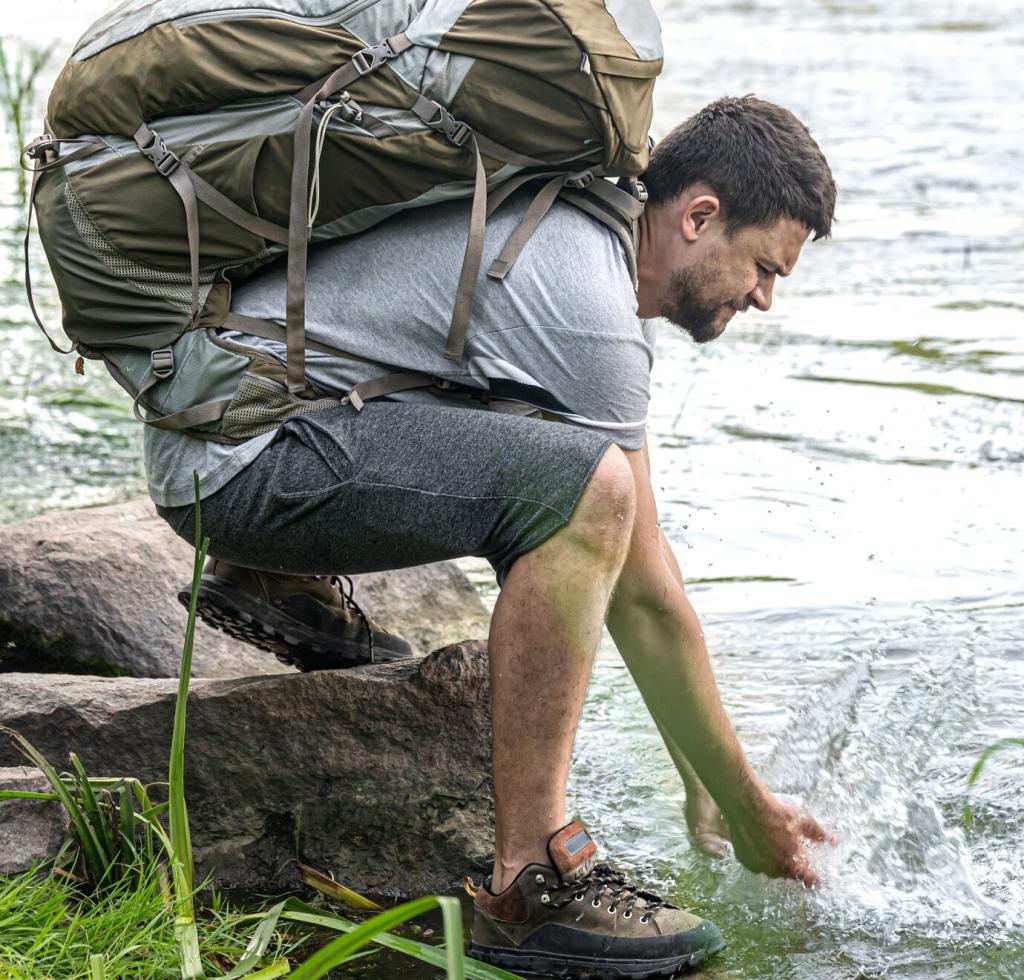
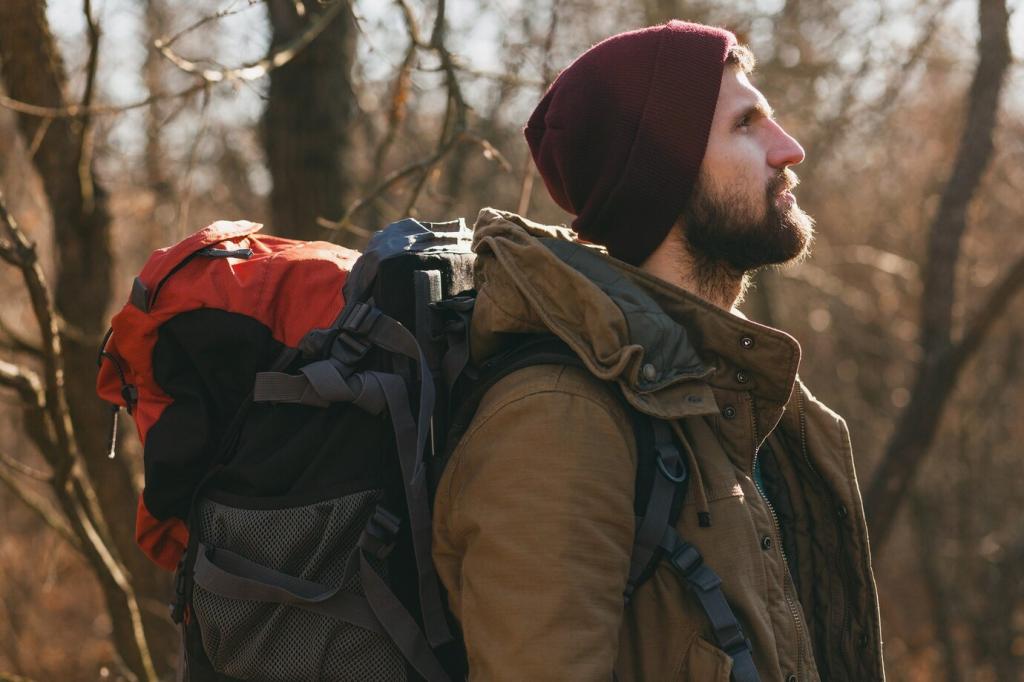
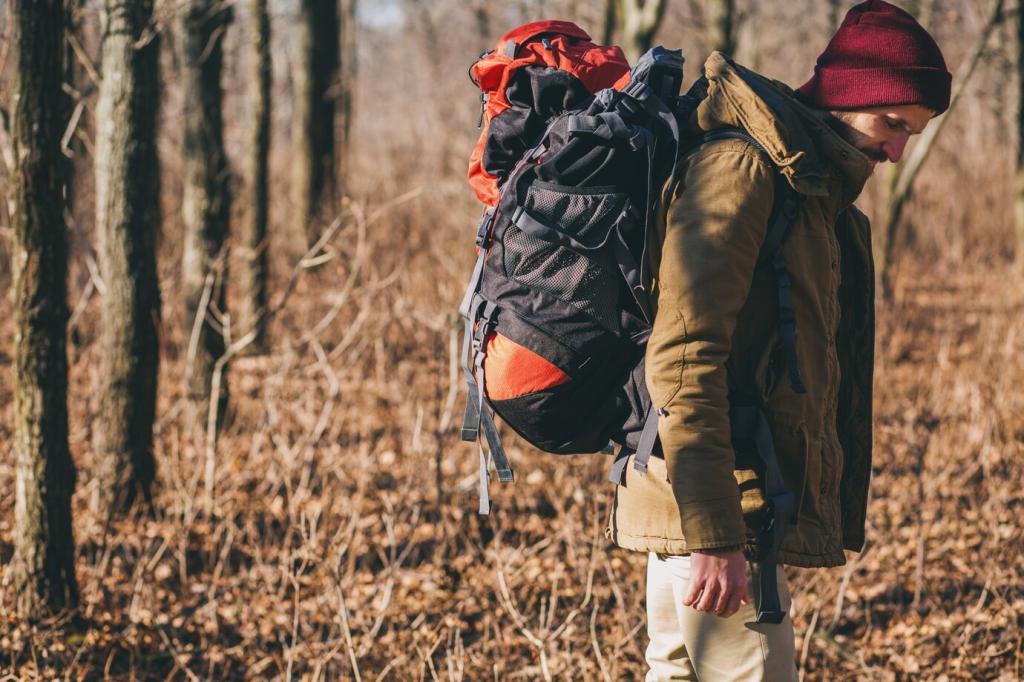
Compass Mastery in Real Terrain
Magnetic north rarely equals true north. Adjust your compass’s declination screw or remember the mantra: east, add; west, subtract. Align orienting lines to the map’s grid, not the edge. Keep a tiny declination card in your kit, and check current values before trips; they drift over years.
Compass Mastery in Real Terrain
Set a bearing from the map, then sight a distinct object to leapfrog toward, especially in low visibility. Use handrails like ridgelines or streams, aiming off to hit a known boundary. Count paces between features, note elapsed time, and establish catching features to prevent silent, costly drift.
Topographic Literacy: Reading the Ground Before Your Boots Arrive
Contours as conversation
Index contours and intervals reveal slope steepness, while V-shaped lines point upstream in gullies. Recognize spurs, reentrants, saddles, and benches, then imagine water flow and wind exposure. Aspect influences snow stability and sun exposure. When the map and ground agree, your choices grow calm and confident.

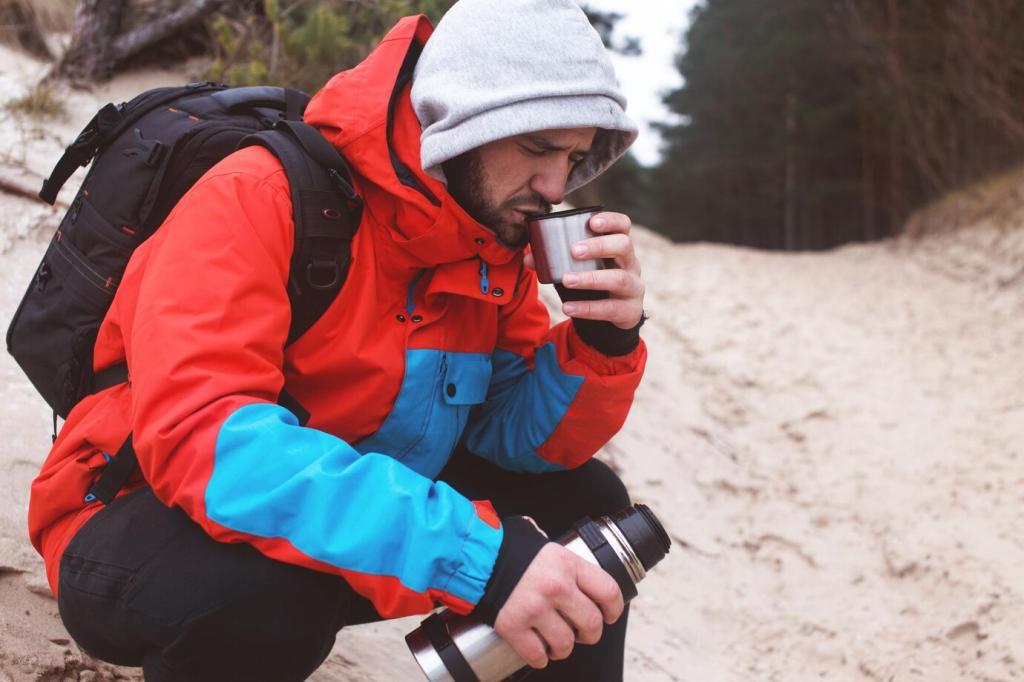
Route planning that respects energy
Plan lines that contour instead of mindlessly cresting every rise. Identify water sources, sheltered camps, and bailout corridors. In winter, mind slope angle and traps; in heat, prioritize shade and reliable refill points. A few patient minutes with a map can save legs, daylight, and morale.
Satellite Confidence, Not Dependence
GPS accuracy and its quirks
Expect three to ten meters when skies are open; canopy, cliffs, and canyons degrade accuracy. Multi-constellation support—GPS, GLONASS, Galileo—helps, as does WAAS. Cold starts delay fixes, and multipath reflections confuse readings. Cross-check coordinates with your map so a glitch becomes a curiosity, not a detour.
Power discipline for long treks
Favor lithium batteries in cold, and budget milliamp-hours for your trip length. Use airplane mode, dim screens, and set long recording intervals. Cache maps offline and carry a lightweight power bank. Schedule position checks instead of constant tracking, and keep devices warm in an inner pocket during frigid mornings.
When and how to message for help
Register your PLB, test it as allowed, and know how to deploy under stress. Two-way satellite messengers let you share status and receive instructions. Communicate clear coordinates, situation, and medical details. Conserve messages, stay put if safe, and mark your position so rescuers can find you swiftly.
Natural Navigation: When Tools Fail, Skills Prevail
01
Sun, shadow, and improvised compasses
Use the shadow-stick method to track the sun’s arc, or an analog watch to approximate south or north depending on hemisphere. Calibrate expectations; these are coarse bearings. At midday, shadows shorten and directions blur. Practice on familiar trails before trusting in unknown, high-consequence terrain.
02
Stars and nighttime wayfinding
Find Polaris by tracing the Big Dipper’s outer bowl stars, or use the Southern Cross with its pointer stars in southern latitudes. Pick conservative bearings and short legs. Preserve night vision with red light, and confirm with terrain silhouettes. Fatigue magnifies errors; slow down and double-check.
03
Signs that mislead and those that help
Moss does not reliably grow only on the north side; microclimates fool assumptions. Instead, observe prevailing winds, tree flagging near ridgelines, snow cornice formation on leeward edges, and stream channel patterns. Combine several clues with a map check to transform guesswork into careful, testable hypotheses.
The storm that taught redundancy
High on a misty ridge in the Cascades, sleet silenced a GPS and soaked a phone. The backup map stayed dry; the compass bezel clicked to a comforting bearing. A small detour found a catching feature, and camp appeared. Since then, we pack duplicates and share our route plan early.
A desert night and a simple bearing
Under a moonless sky in canyon country, our headlamps found only brush and shadows. We shot a 240-degree bearing, moved from cairn to cairn, and counted paces. The wind shifted, but our backstop arroyo arrived right on time. Water tasted sweeter when navigation turned worry into deliberate steps.
Your turn: swap wisdom
What navigational tools for wilderness excursions live in your pack year-round, and which mistakes taught you the most? Share your stories, tactics, and track logs in the comments. Subscribe for seasonal field exercises, printable checklists, and reader challenges that keep your compass skills sharp and your batteries happy.
